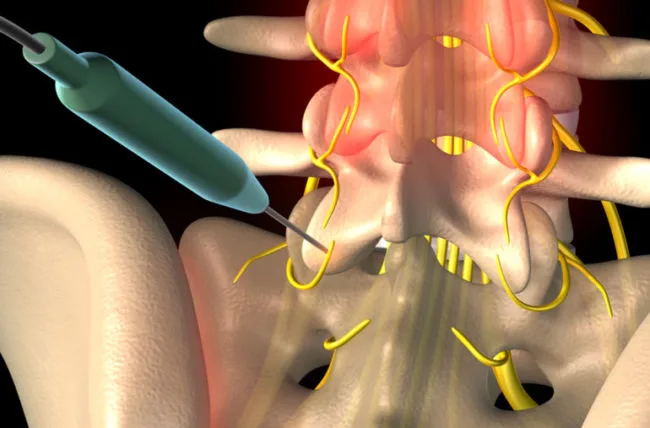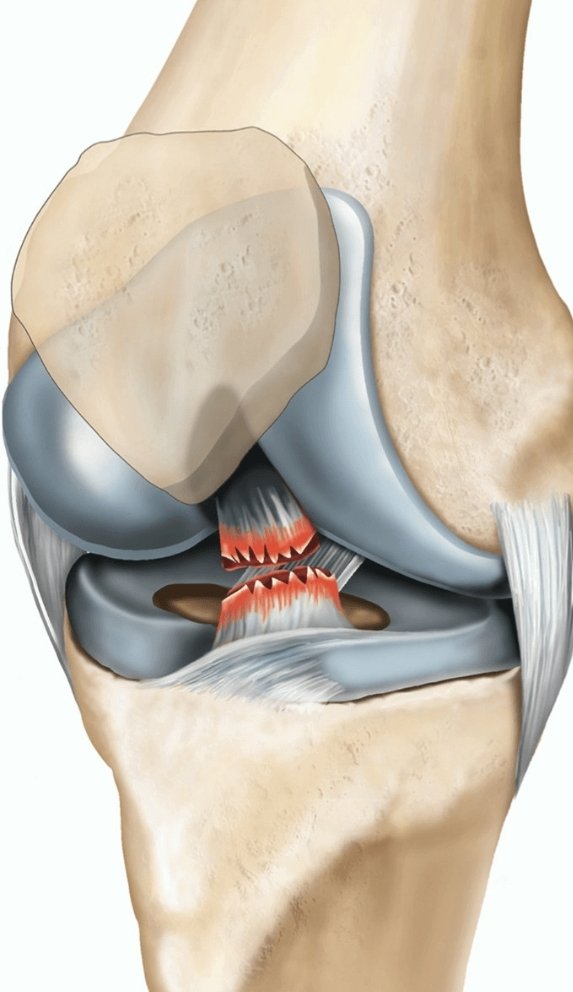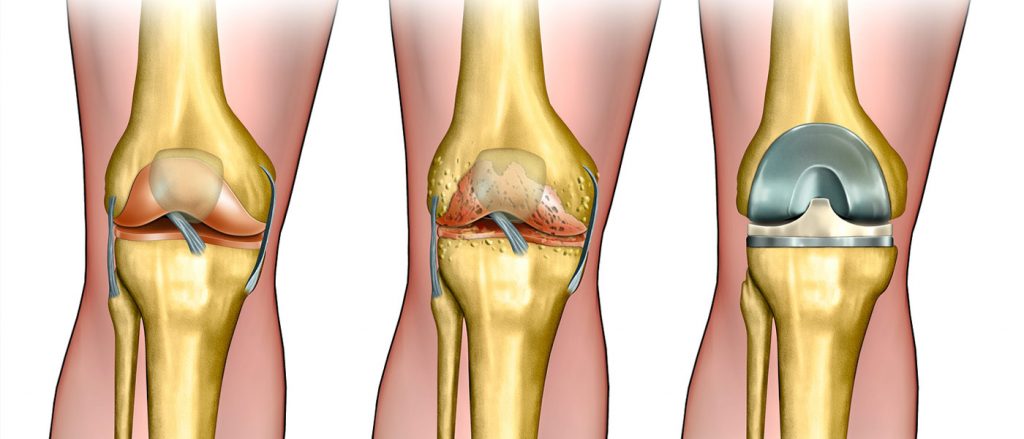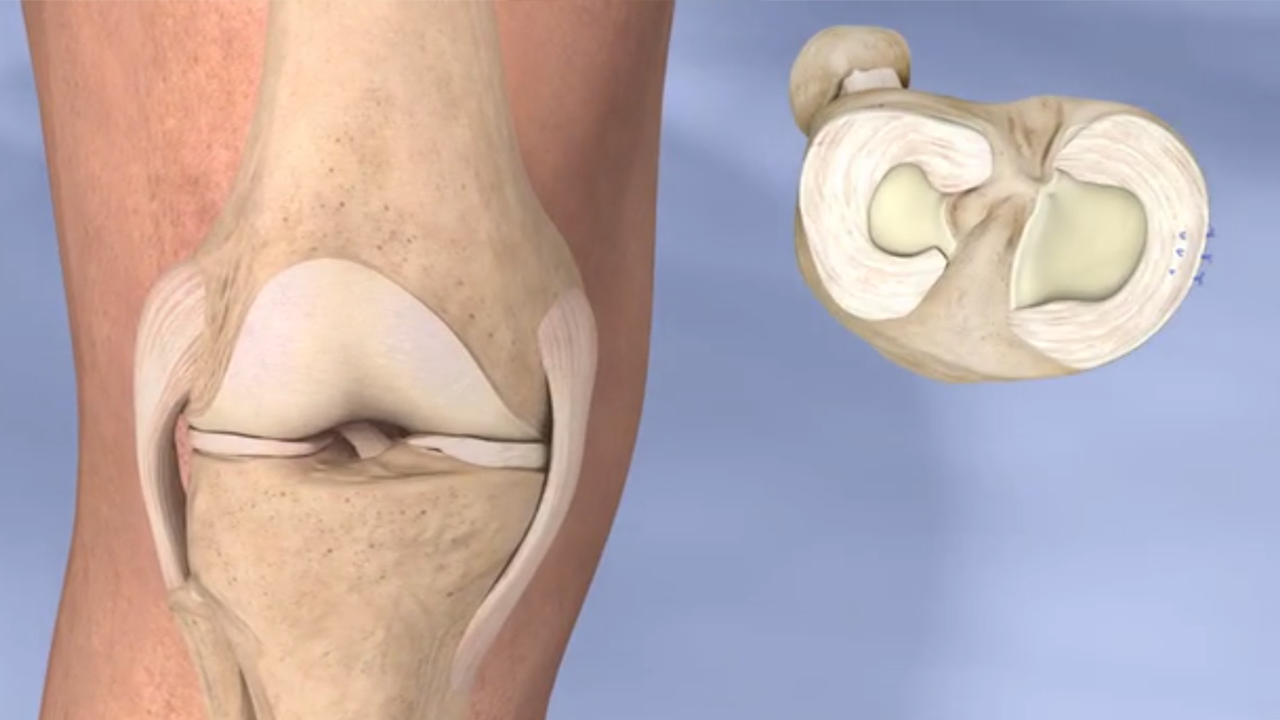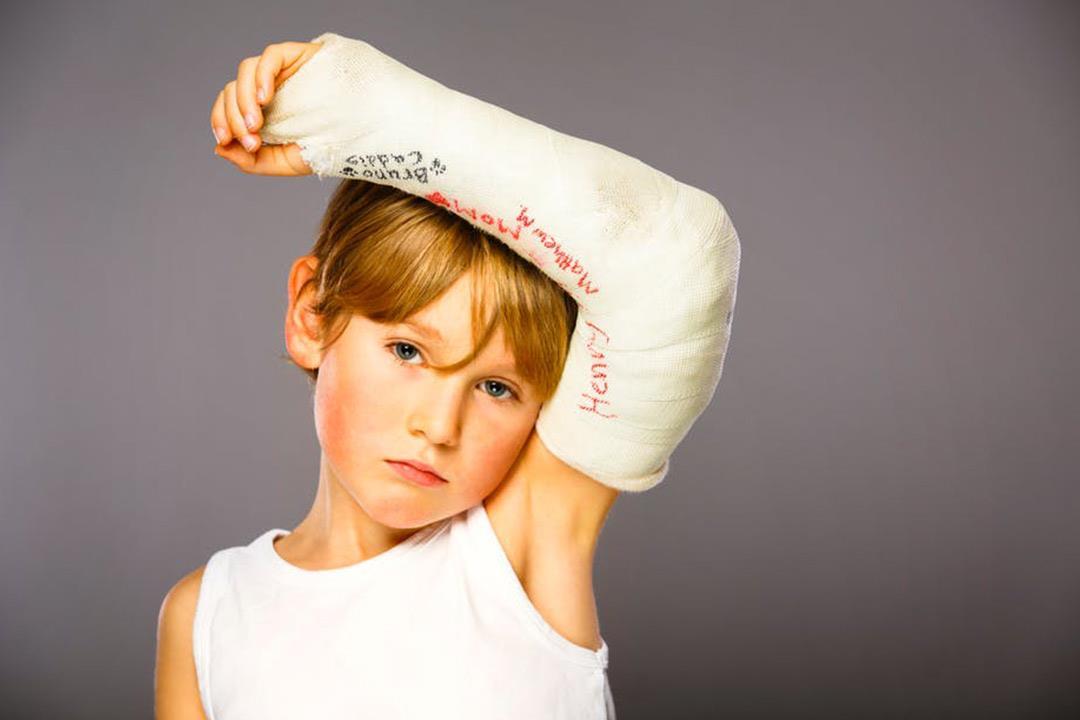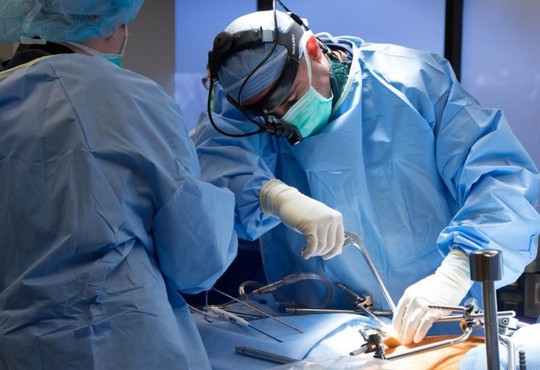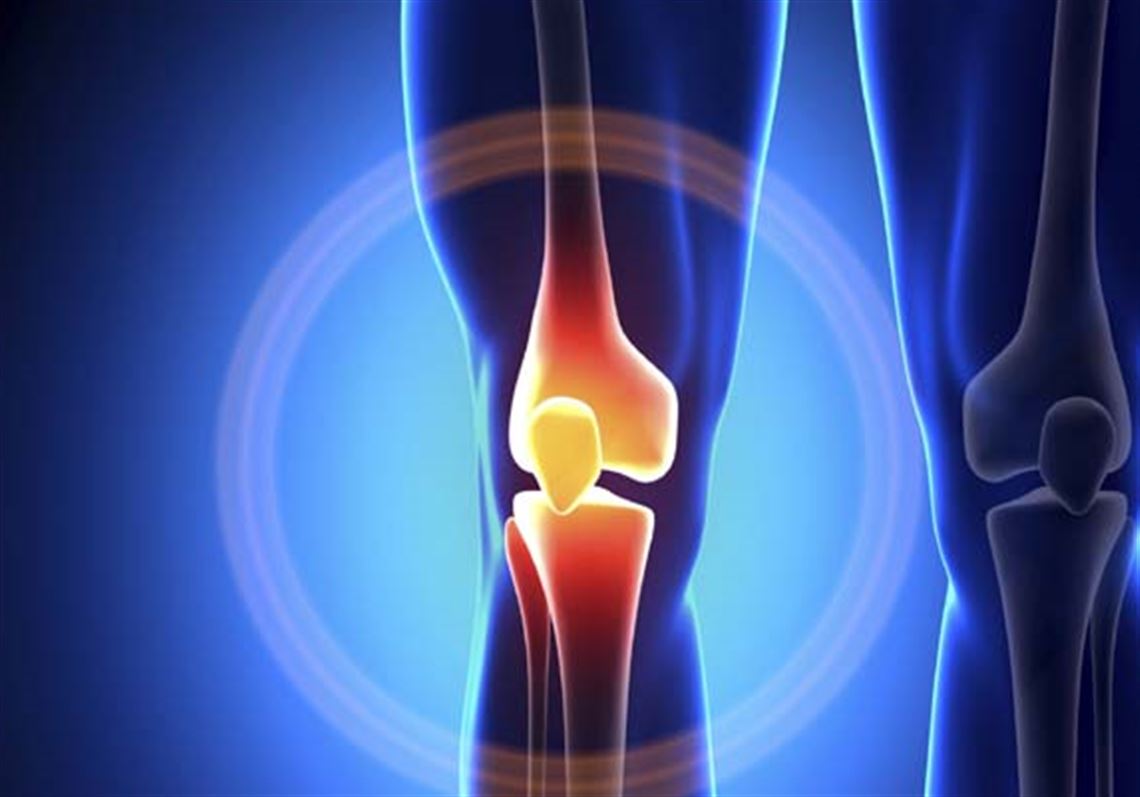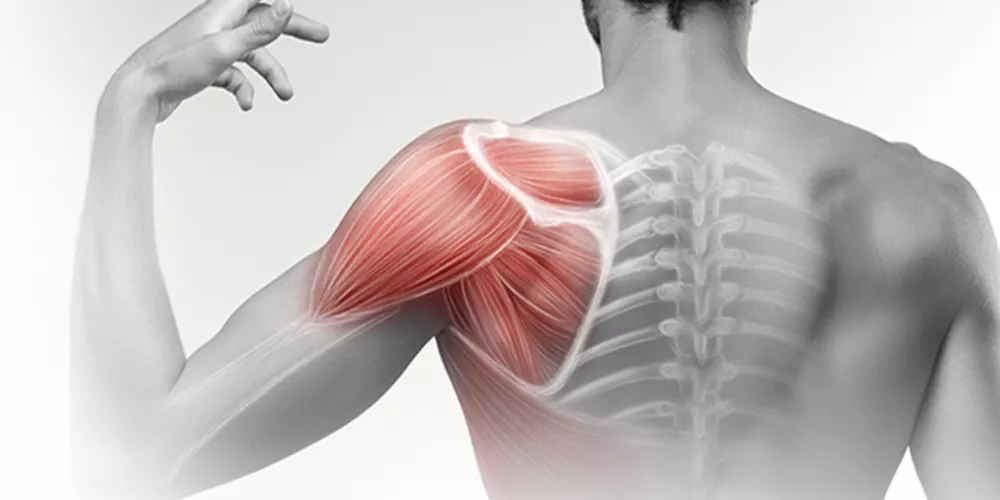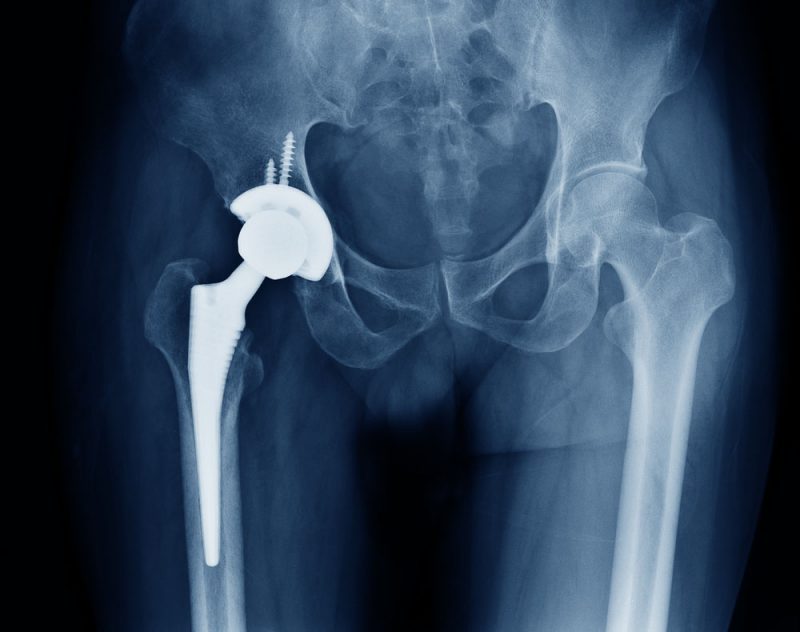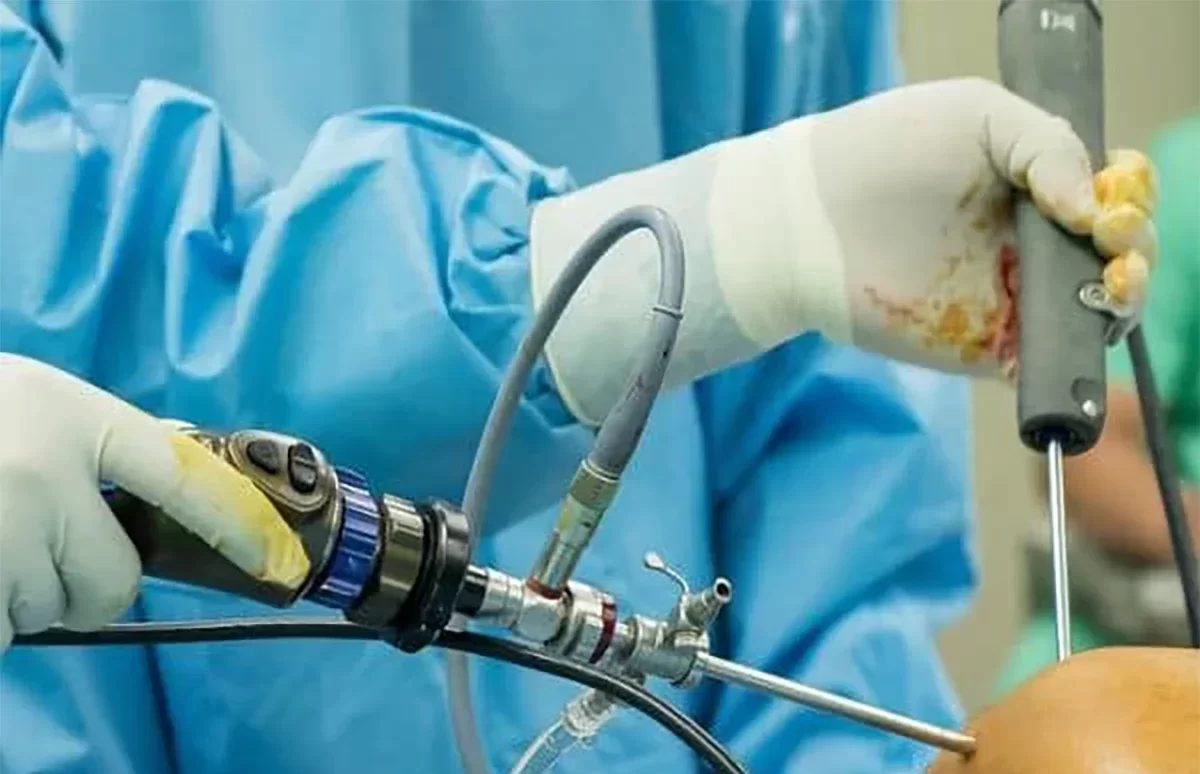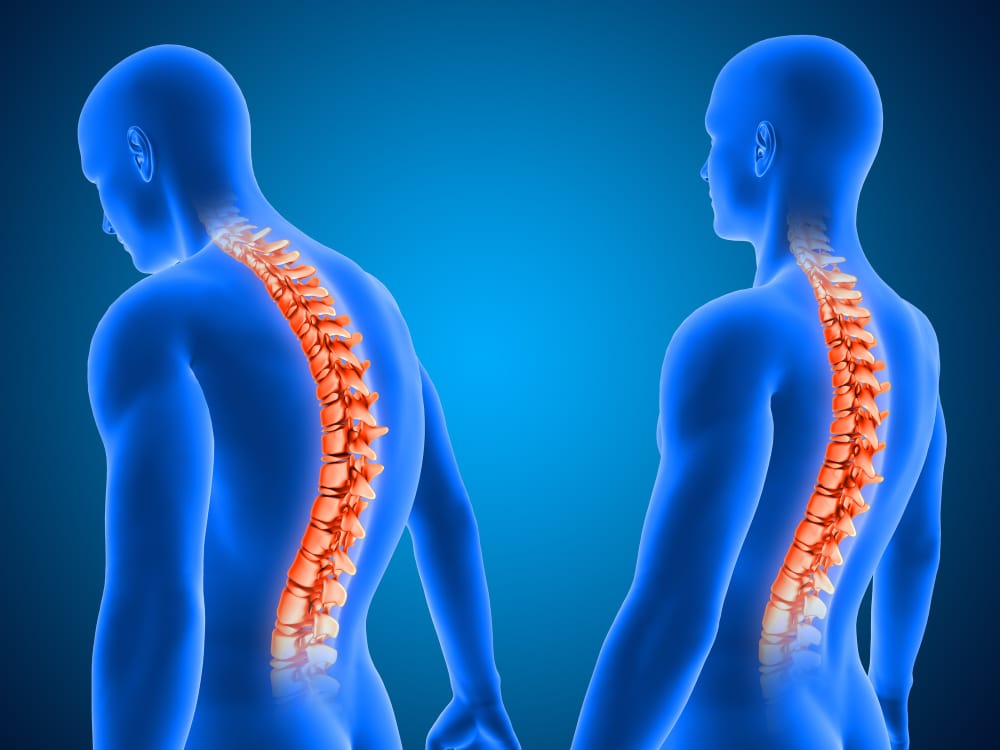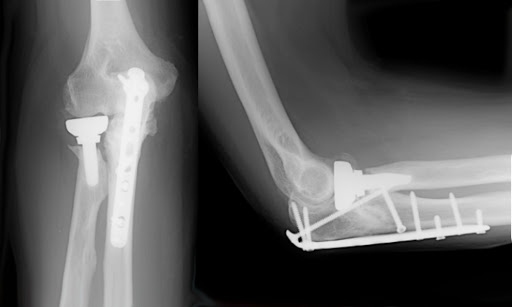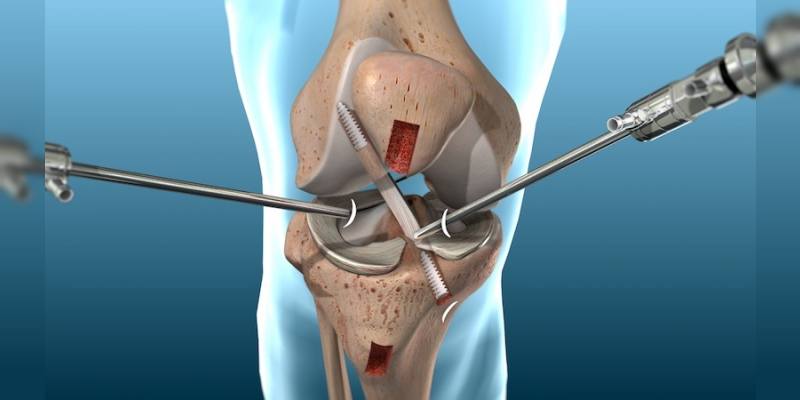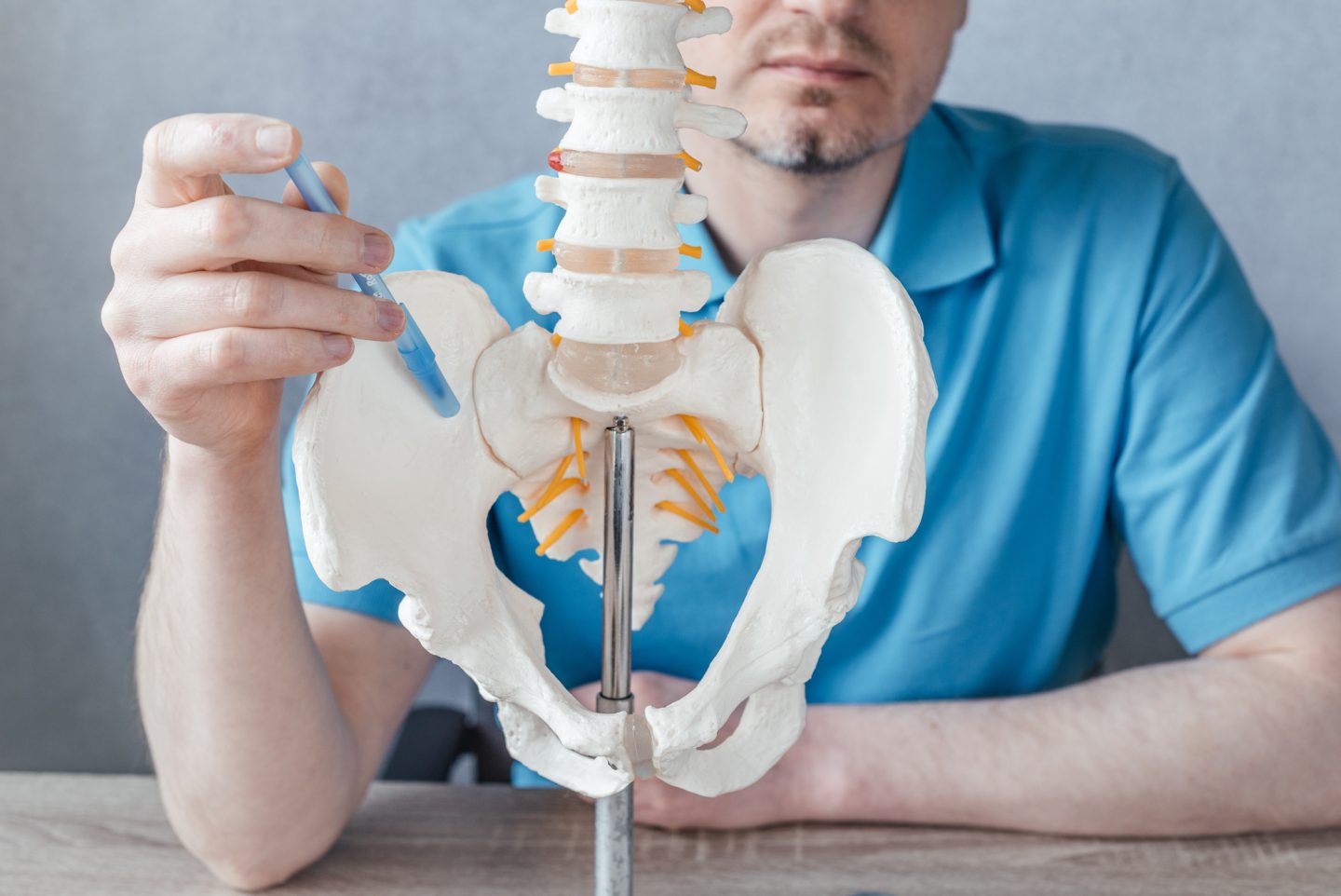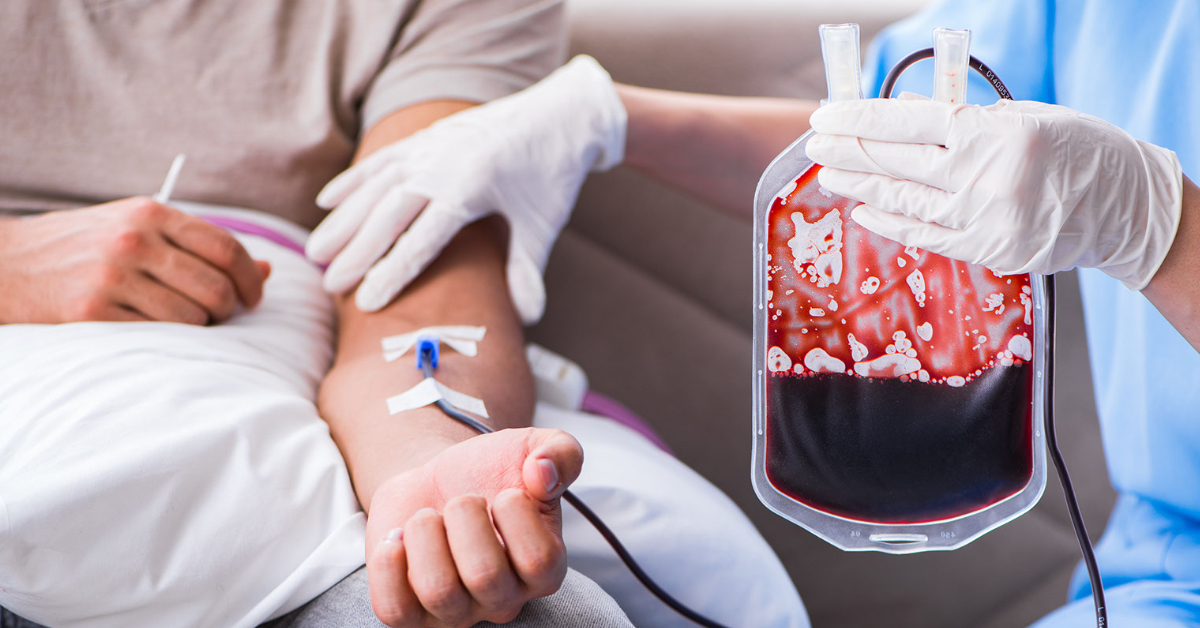Achilles Tendon Surgery
Achilles Tendon Surgery, Recovery after exposure to an Achilles tendon tear has become easier at the present time, and Dr. Amr Amal, a distinguished orthopedic expert, offers you treatment methods and solutions to improve the Achilles tendon. Through our following article, you can learn about the information you want, explained by Dr. Amr Amal, regarding the Achilles tendon surgery and the most important procedures followed before and after the surgery, and the symptoms that the patient feels.
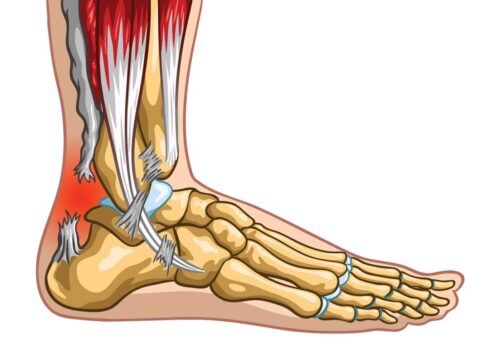
Achilles Tendon Surgery
“Take care of your feet with the specialized services for treating the Achilles tendon offered at Dr. Amr Amal’s clinics.”
Achilles tendon surgery, also known as “heel cord surgery,” is one of the types of surgeries that take place in the foot, where the Achilles tendon is located. This tendon is the longest in the body, connecting the leg and the foot, and helps in walking. Sometimes, the tendon may be exposed to tearing, affecting it and its ability to move.
The Achilles tendon primarily works to bear the pressure on the foot and assist it in performing normal activities such as running and jumping. Some people, especially athletes, may suffer from Achilles tendon injuries, causing foot pain, weak legs, and difficulty for the affected person to walk or engage in running and jumping.
These procedures help to improve the Achilles tendon (heel cord) and thus begin to work on enhancing the tendon’s strength, allowing the leg to return to its proper and good function. This procedure can be done through two methods: the first is an open wound, i.e., a traditional operation, and the second is through some incisions in the leg to connect the torn parts of the tendon, and thus work on treating the tear.
What is the Achilles Tendon or Heel Cord?
The Achilles tendon or heel cord is the longest tendon in the body, connecting the leg muscles to the heel. Its function is to help lift the heel off the ground, allowing a person to walk and exercise normally.
The pressure that falls on the Achilles tendon during walking or jumping can expose a person to injury and tearing of the tendon, which is a common injury among athletes. It occurs due to excessive pressure on the tendon, resulting in a tear in one part of the heel cord, leading to difficulty in walking.
What is a Tear of the Heel Cord?
An injury to the heel cord, whether it is a tear or a cut, affects the foot and weakens the leg muscles, making walking or jumping extremely difficult. The affected person may suffer from other injuries if the Achilles tendon is not treated, such as tendon inflammation or stiffness, which increases the difficulty of walking.
A tear of the cartilage tendon, in particular, results from a sudden pressure applied to the foot, causing a small tear in the tendon. The affected person begins to feel pain when starting to walk. Early treatment of an Achilles tendon tear improves the patient’s condition faster and reduces the chances of resorting to surgical treatment.
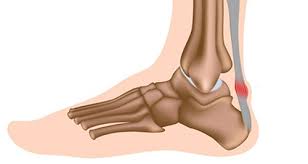
What happens when the Achilles tendon is cut?
A cut in the Achilles tendon can cause the injured person to feel a sharp pain in the foot, and the leg muscles become weak. Therefore, the person’s ability to lift the heel is not at its best, resulting in stopping some activities due to pain and difficulty in performing these activities.
After an Achilles tendon rupture, the treating physician begins to assess the current injury state to initiate the patient’s treatment program. The doctor typically starts by explaining the non-surgical treatment methods, which are as follows:
- Prescribing certain types of pain relievers to alleviate the patient’s pain.
- Using anti-inflammatory medications to prevent inflammation in the torn tendon.
- Using a brace on the injured part of the foot at the Achilles tendon.
- Applying cold compresses to reduce swelling in the Achilles tendon.
- Ensuring increased rest time and stopping activities that directly pressure the tendon, such as jumping and running.
After resorting to non-surgical treatment methods, the treating physician monitors the improvement in the tendon’s condition. If the Achilles tendon rupture does not improve adequately with treatment, or if the tear worsens, the doctor begins to prepare the patient for the best solution for this case, which is the Achilles tendon repair surgery.
Why does an Achilles tendon rupture occur?
The Achilles tendon can tear or completely rupture due to sudden pressure or sudden foot push, increasing the pressure on the tendon. Consequently, a tear occurs, and the person may feel pain when the tendon is cut, potentially affecting the person’s overall movement.
Achilles tendon rupture commonly occurs in middle-aged men participating in sports activities. The tendon can tear due to pressure from aging or playing certain sports such as tennis, badminton, and basketball. A history of tendonitis or certain diseases such as arthritis, diabetes, or taking antibiotics that make the tendon more prone to tearing can also contribute.
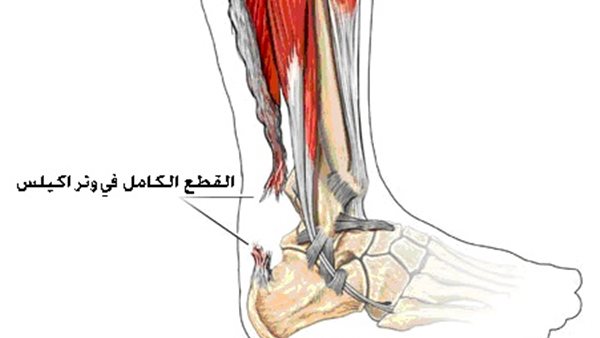
Symptoms of an Achilles Tendon Injury
The primary symptom of an Achilles tendon rupture is the inability to stand on one’s toes, often accompanied by a popping sound, severe pain, swelling, or stiffness in the ankle area, and bruising in that area. If the tendon tear is partial, the pain and swelling may be mild.
Diagnosis of an Achilles Tendon Injury
An Achilles tendon injury is diagnosed through a physical examination of the injured area, followed by the Thompson test, which involves squeezing the calf muscle while the patient lies on their stomach. This test checks if the tendon is still connected to the heel. In some cases, an ultrasound or MRI may be requested for a clearer diagnosis.
Preoperative Procedures for Achilles Tendon Surgery
Achilles tendon surgery is performed to avoid complications that could affect the tendon’s condition, leading to severe pain and difficulty in movement and leg control. There are some preoperative procedures that the patient should follow before the surgery, including:
- Appropriate diagnosis through X-rays, blood tests, and other analyses as requested by the doctor to confirm the person’s health condition and evaluate the leg muscles, ensuring no other health issues are present.
- Stopping certain medications before the surgery and refraining from eating and drinking for at least 8 hours before the operation.
- Following a healthy diet before the surgery to enhance the healing process, and avoiding smoking as it negatively affects the recovery process and increases the risks of the surgical procedure.
What is the Achilles Tendon Surgery?
Achilles tendon surgery is a type of reconstructive surgical procedure that primarily works to repair a tear or rupture that has already occurred in the tendon, and it has not improved with other treatment methods. This surgery also works to reduce the chances of re-injuring the tendon and speeds up the healing process.
Achilles tendon surgery is particularly necessary in cases of injuries that occur to athletes or those who engage in activities that require standing for long periods. It is also crucial if the tendon has been torn more than once. Any of the aforementioned can affect the condition of the tendon and the leg, and therefore, surgical intervention is often the best solution for these cases. Regain your natural movement and activity with Achilles tendon surgery provided by our specialized team at Dr. Amr Amal’s clinic.
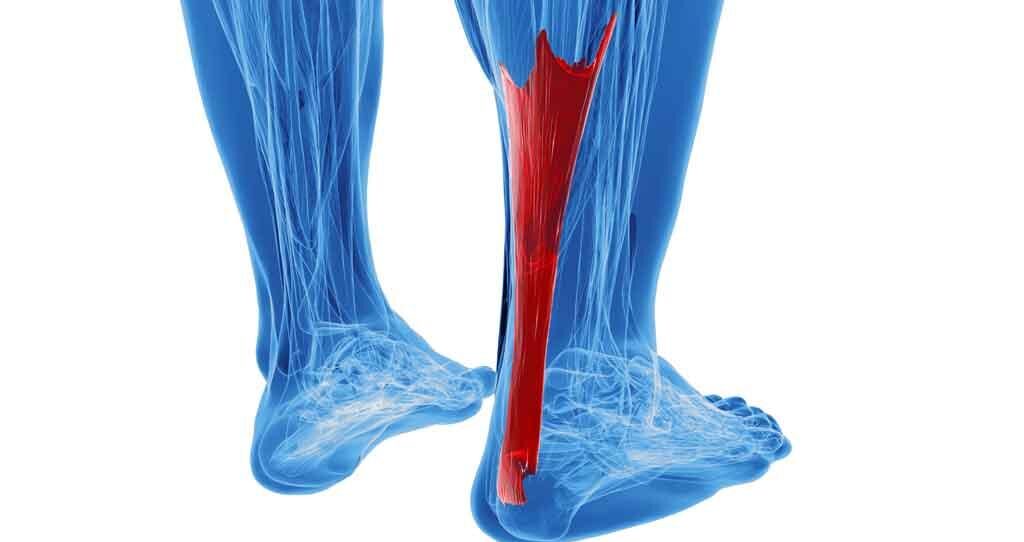
How is Achilles Tendon Surgery Performed?
Achilles tendon surgery requires several steps, and it is crucial to prepare the patient for the surgery, as this helps in faster recovery and enables the patient to return to their normal activities. The preparation steps for Achilles tendon surgery include:
- Using Magnetic Resonance Imaging (MRI) and X-rays to determine the current condition of the injury.
- Taking certain types of anti-inflammatory medications to reduce the chances of infection after surgery.
- Deciding on the type of surgery, either through traditional incision or arthroscopy, depending on the condition of the tear.
The Achilles tendon surgery can be performed as follows:
- The procedure may be performed under partial anesthesia.
- The treating physician determines the most appropriate procedure, either through a traditional open surgery or through small holes in the skin, known as percutaneous surgery, at the affected part.
- After opening the site of the injury, special surgical tools are introduced.
- Using these tools, the torn or cut parts of the Achilles tendon are stitched together.
- In some cases, the surgeon may use tissue grafts to connect the parts of the torn tendon, restoring it to its normal function.
- After repairing the tendon, the wound is closed with sutures or suitable materials, and an external cast or brace is used to stabilize the area for a period of time to aid in tendon healing and surgical recovery.
- The wound is sterilized after the operation, stitched up, and medical dressings are applied.
- After the surgery, the patient is directed to a rehabilitation and physical therapy program to enhance the recovery period and restore the strength and movement of the joint. The duration of rehabilitation depends on the patient’s condition and the doctor’s recommendations.
How Long Does Achilles Tendon Surgery Take?
The duration of Achilles tendon surgery takes between 30 to 60 minutes at most. After the surgery, the patient is returned to their room and examined to ensure the stability of their vital activities and the safety of the wound. The medical team then explains the post-operative instructions, and the patient may return home on the same day of the surgery.
It is important to know that Achilles tendon surgery is one of the medical procedures that can help improve the condition of the injured person, enabling them to return to their physical activities. The surgery can be completed in about an hour and a half, after which the person is taken to the recovery room for the necessary examinations and procedures.
Post Achilles Tendon Surgery
Achilles tendon surgery is not a complicated surgical procedure, and the patient can leave the hospital on the same day of the surgery after ensuring the success of the operation. During the recovery period after Achilles tendon surgery, the patient must pay attention to the following instructions:
- Take enough time to rest.
- Avoid any strain or violent movements.
- Avoid contaminating the wound and pay attention to changing the dressings.
- Start walking gradually and increase the designated time gradually.
- Perform exercises that strengthen the tendon and leg muscles.
The recovery period lasts from 4 to 12 weeks, depending on the injury that occurred in the Achilles tendon. During this period, the patient must adhere to the steps outlined by the medical team, ensuring regular medical follow-ups.

Physical Therapy After Achilles Tendon Surgery
Undoubtedly, after Achilles tendon surgery, the patient needs a rehabilitation period in which physical therapy and appropriate exercises are utilized. This helps in strengthening the leg muscles, enhancing tendon strength, and thus ensuring a better and faster recovery for the patient.
Dr. Amr Amal uses the latest techniques in orthopedic surgery to achieve the best results. He also provides the best rehabilitation programs after Achilles tendon surgery, helping the patient recover in a shorter time and return to their normal activities.
Physical therapy, which may last for 3 to 6 months after the surgery, enables the patient to return to their normal activities and may provide the following benefits:
- Pain relief.
- Rapid improvement.
- Muscle strengthening.
- Reducing the need for painkillers.
Post-Operative Symptoms of Achilles Tendon Surgery
Achilles tendon surgery is performed to repair a tear in the tendon, improving the patient’s condition. However, some complications such as bleeding and swelling may occur. These complications can be overcome by adhering to the doctor’s instructions and following these procedures:
- Take the medications prescribed by the treating doctor.
- Avoid putting strong pressure on the joint to prevent complications.
- Maintain the splint placed on the wound during the recovery period.
- Follow the rehabilitation program prepared by the physical therapy doctor.
- Gradually move the foot until the ability to walk is restored.
Some complications that may appear after Achilles tendon repair surgery include:
- Persistent pain.
- Pain when exercising.
- Morning stiffness in the foot.
- The appearance of a bony lump in the heel.
- Difficulty in bending the affected foot.
- There is a risk of tendon re-rupture, ranging between 5 to 6%, but this risk is slightly higher if non-surgical treatment with medical footwear is chosen compared to surgical intervention.
- Blood clots or thrombosis in the leg, and anticoagulant injections are given after surgery for 4 weeks to reduce this risk.
- Infection at the surgical site, usually superficial around the wound, which can be overcome by taking an antibiotic dose.
- Small nerves responsible for skin sensation may be bruised or cut during surgery, causing tingling and numbness around the scar or above the wound.
These symptoms appear in rare cases and can be avoided through regular follow-up with your doctor after the operation.
Can I walk after Achilles tendon surgery?
“Learn about the many benefits of Achilles tendon surgery, which include improved flexibility, muscle strengthening, and stimulation of blood circulation with Dr. Amr Amal.”
A patient can gradually return to normal walking after Achilles tendon surgery. Initially, walking should not exceed 10 minutes at most, and then the patient can gradually increase the walking duration. In the early periods, the patient may use crutches to relieve pressure on the affected part.
How long does Achilles tendon rupture treatment take?
Usually, the treatment may take from 4 to 6 months, but this of course depends on the patient’s condition and the severity of the injury. In the first months after surgery, a cast or brace may be used to stabilize the foot and provide support. Afterwards, the focus shifts to gradually bearing weight and strengthening the muscles around the foot through physical therapy sessions. If you want to know more about the duration of Achilles tendonitis treatment and the different methods used in its treatment, click here.
When does a severed tendon heal?
The healing time of a severed tendon depends on individual factors specific to each person, such as the patient’s health, age, and lifestyle. Healing of a small tendon may occur within a few days to a few weeks, while a large tendon may require weeks to a few months to fully heal.
How much does Achilles tendon surgery cost?
The cost of surgical procedures varies depending on the center where the surgery is performed, the surgeon performing the operation, and other factors that can vary. The average cost of the operation ranges from 35,000 to 40,000 Egyptian pounds.
Imagine life without pain, movement without difficulty. With Dr. Amr Amal, this is possible! We offer the best Achilles tendon surgery solutions and help you get through the fatigue period and return to activity and normal movement ability once again.
Best Doctor for Achilles Tendon Surgery
Having discussed most of the information related to Achilles tendon surgery, let’s get to know one of the best orthopedic doctors, Dr. Amr Amal, a specialist in orthopedic and joint surgery at Ain Shams University. He has extensive experience, skill, and high efficiency in performing this type of medical surgery.
Dr. Amr Amal relies on using the latest techniques and modern devices that help increase the success rate of surgical operations, enhance healing and recovery, and ensure achieving outstanding and guaranteed results. Dr. Amr cares about the patient’s comfort, providing the best medical care, listening to their complaints, working on their comfort, and relieving the pain they feel.

